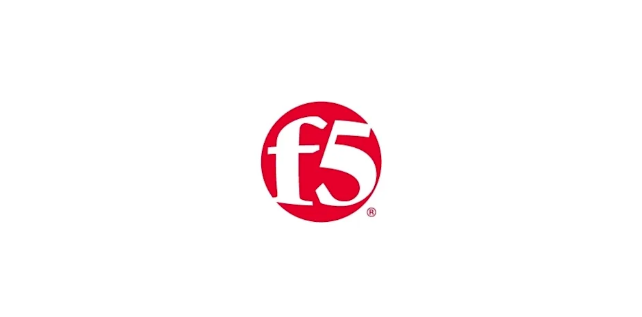Insider Brief
- IBM Quantum, through its Qiskit platform, is advancing quantum computing education, with Technical Director John Watrous recently explaining key concepts like purification and fidelity in quantum information.
- Watrous paid attention to purification as a method to simplify complex quantum states by representing them as part of larger, purer systems, helping researchers better manipulate quantum systems.
- He also discussed fidelity, which measures the similarity between quantum states, emphasizing its role in quantum error correction and stability, critical for moving quantum computing from theory to practical use.
It’s always about education, isn’t it? And IBM Quantum is pushing the boundaries of quantum computing education with its comprehensive Qiskit platform. In a recent lesson, John Watrous, IBM Quantum’s Technical Director for Education, got to the bones of some of the most pivotal concepts in quantum information, clearing the logs from the road on topics that are critical to the future of quantum computing.
Watrous focused on the concept of purification, an essential idea that helps simplify quantum states.
“By thinking about purifications of states, we’re able to view arbitrary quantum states of systems as parts of something larger but simpler,” Watrous explained. This concept allows researchers and engineers to more easily manipulate complex quantum systems by treating them as components of purer, more fundamental states.

In his presentation, Watrous described purification as a way to represent an arbitrary quantum state with a larger system’s pure state. This approach makes it possible to trace out or discard parts of a larger system and still maintain the original quantum state. It simplifies the mathematical treatment of quantum systems and offers new pathways for computation.
“Purifications always exist for every density matrix row, and this is part of what makes quantum information beautiful,” Watrous said, expressing the elegance of the quantum world.
Another critical aspect of the lesson was fidelity, a measure of how similar two quantum states are, and a vital tool in quantum computing.
Watrous explained that fidelity connects directly with purifications and serves as a measure of how close a quantum state is to its ideal form. He further stated that the relationship between purification and fidelity is fundamental to quantum error correction and stability, which are essential for advancing quantum computing from theory to practical use.
Watrous’s exploration of quantum purifications, fidelity, and their implications offers a clear signal of how IBM is leading in quantum education and research. With their work, IBM Quantum and Qiskit are paving the way for deeper understanding and practical breakthroughs in this rapidly evolving field.
Featured image: Credit: IBM


















